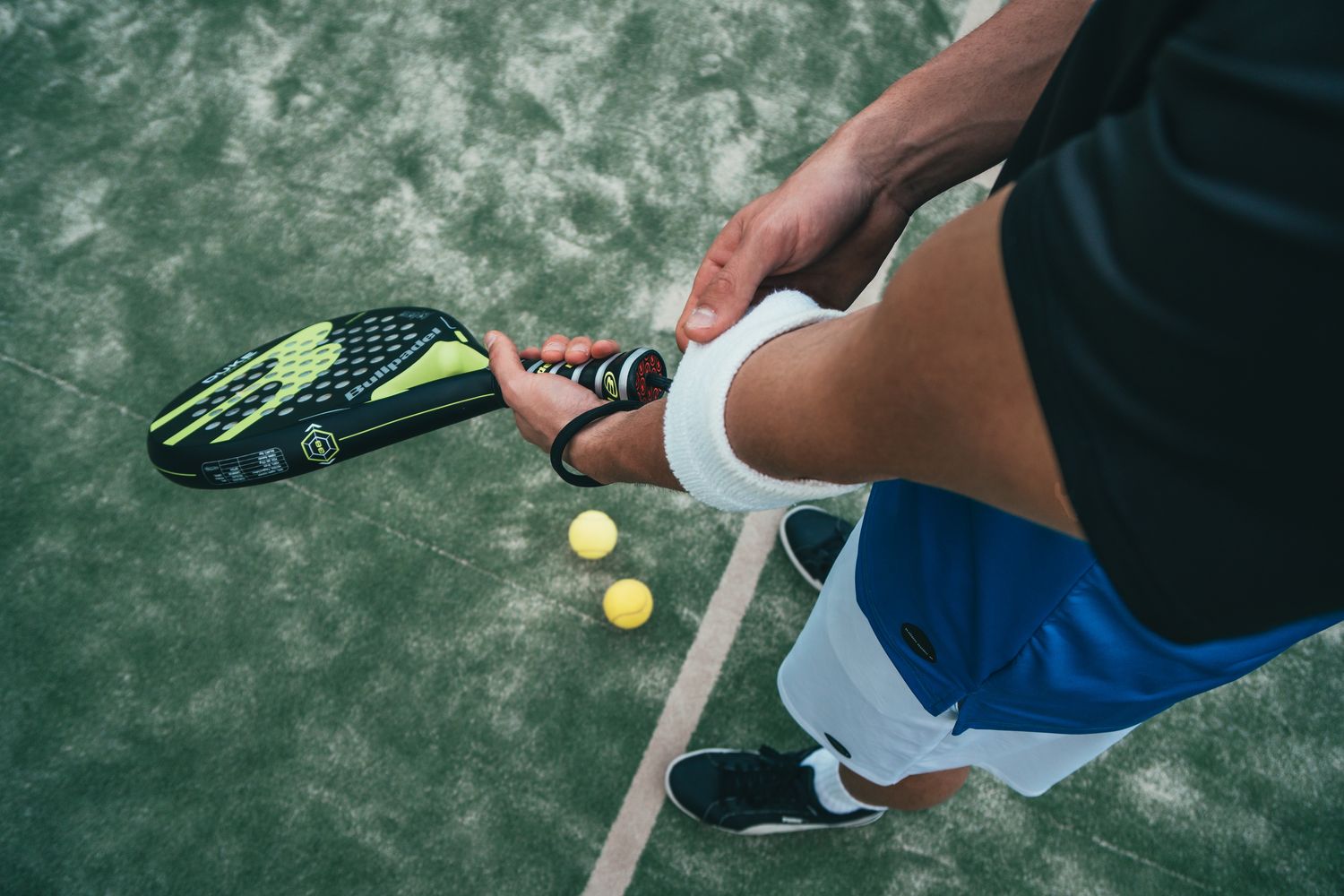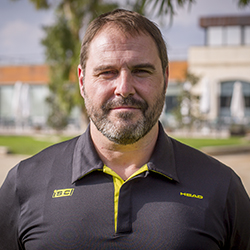Scapular work.
Auxiliary circuit for tennis.
28
OCTOBER, 2018
In the world of physical training, we develop methodologies to improve the physical abilities of our athletes, we tend to design tasks and strategies focused exclusively on the development of the performance of the discipline trained.
Obviously that is one of the functions that we have to design well to facilitate the results / objectives indicated for the season. However, we cannot and should not forget that injuries always coexist with our athletes and that not all our training should be performance-oriented, because far from improving results, we can reach a harmful situation due to overuse in those muscular or tendinous structures. whose main action is to help the generation of specific movements.
For us, the big problem does not derive from the design of new tasks that allow us to take advantage, or from the time we need in the design of the work programs, but rather that, in my opinion, the speed of execution of the movements is the true horse of battle. As we get closer to the competitive elite and therefore to their commitment to excellence, we find that the gestures are really violent and of course, in the long run, unhealthy in many cases for our athletes, since the high speed generates really high forces that in many cases are difficult to control. To understand each other, my car could never develop the speed of a high competition one, it would lose even the chassis along the way.

Scapular work. Auxiliary circuit for tennis.
Photo by Oliver Sjöström on Unsplash
Tennis in particular is a highly demanding sport with some anatomical parts of our body, particularly with everything related to the scapula humeral area.
This is undoubtedly one of the most obligatory joints in the world of sports, the other is the knee and in both we have to take special care when establishing which adjuvant exercises allow us to extend the sports health of our trainees.
In my case, I develop two types of exercise circuits with different orientations, one exclusively preventive and that I will develop in another entry and the one that I describe in this one and that for me has an important utility when it comes to improving the muscles that support the work of the agonists. As I have already mentioned, it is about muscles directly related to the scapulohumeral joint, which will allow us to withstand the high-speed actions exerted on the shoulder in each blow and stabilize the joint. In this case, the need for the specific hit to be made on a more than correct technical basis should not be ignored in order to avoid misaligning the axes of movement and thus generate the largest number of force vectors in the same direction.
At the design level, I establish this circuit within the prevention sessions and compensatory movements (normally we work in the team in double daily sessions, and those in the afternoon I orient them more in this direction), so I can work them in a relative regimen. low fatigue of both the nervous system and the tendon muscle.
The work is aimed at specifically activating the trapezius muscle, in its three large portions, the serratus anterior, posterior deltoid, infraspinatus, teres major and latissimus dorsi.
«Tennis in particular, is a highly demanding sport with some anatomical parts of our body, in particular with everything related to the scapula humeral area.»
The usual distribution is 3 sets of 15 repetitions with low loads, in my case I work with female tennis players, and their weight ranges between 2 and 4 kg. For a total of 11 exercises.
Each exercise has a greater impact on the listed muscles with the idea of providing a more targeted improvement to each of them, based on the idea of training the parts to improve the whole, since in my optimization sessions the gestures that work are much more global looking for greater utility facing the track.
The description is as follows:
External rotation in pronation.
Objective: Trapezius activation, especially lower and middle portion.
Pronated Front Raise.
Objective: Activation of the trapezius in its middle portion
External rotation side plunk.
Objective: Work of the trapezius, core and rebalancing of the shoulder.
Side plunk horizontal abduction.
Objective: Middle and low trapezius, core and shoulder rebalancing work.
Middle and low trapezius, core and shoulder rebalancing work.
Objective: Serratus anterior and trapezius.
Standing front flexion.
Objective: Serratus anterior, triceps.
Push up with instability.
Objective: Serratus anterior, triceps, pectoralis, shoulder stabilization.
Pulley pull.
Objective: Latissimus dorsi, infraspinatus, teres major.
Low grip rowing.
Objective: Infraspinatus, teres major, trapezius, posterior deltoid.
Rowing machine high grip.
Objective: Rear delts, trapezius.

Fernando Maniega Legarda
Bachelor of Physical Activity and Sports Sciences - Inefc BCN
Master in High Performance in Collective Sports "Mastercede" (Byomedic System, FC Barcelona and Inefc Barcelona)
